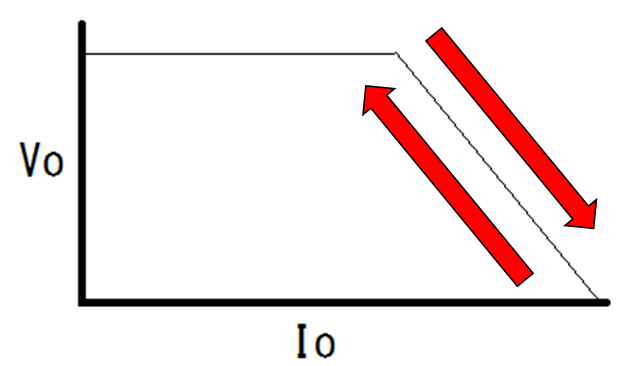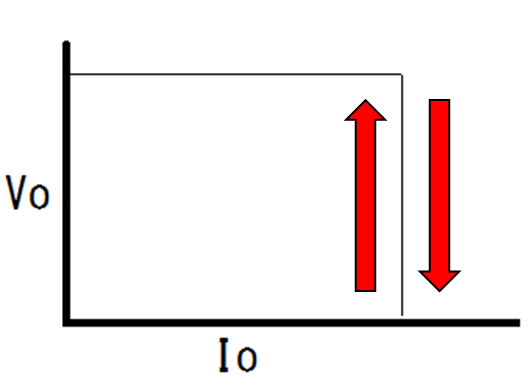Other Parts Discussed in Thread: TPS653850-Q1,
Please let me know about three points below for TPS65381-Q1 (and TPS653850-Q1).
①I think that BIST function begin after VDD6 rail ramps, is it correct?
If any other condition for BIST begin, please let me know.
(Isn't BIST function from the beginning? )
②Which is the TPS65381-Q1's overcurrent protection below?
③About the above question ① and ②, is TPS653850-Q1 the same function (answer)?
Best regards,
Satoshi




 No.4
No.4